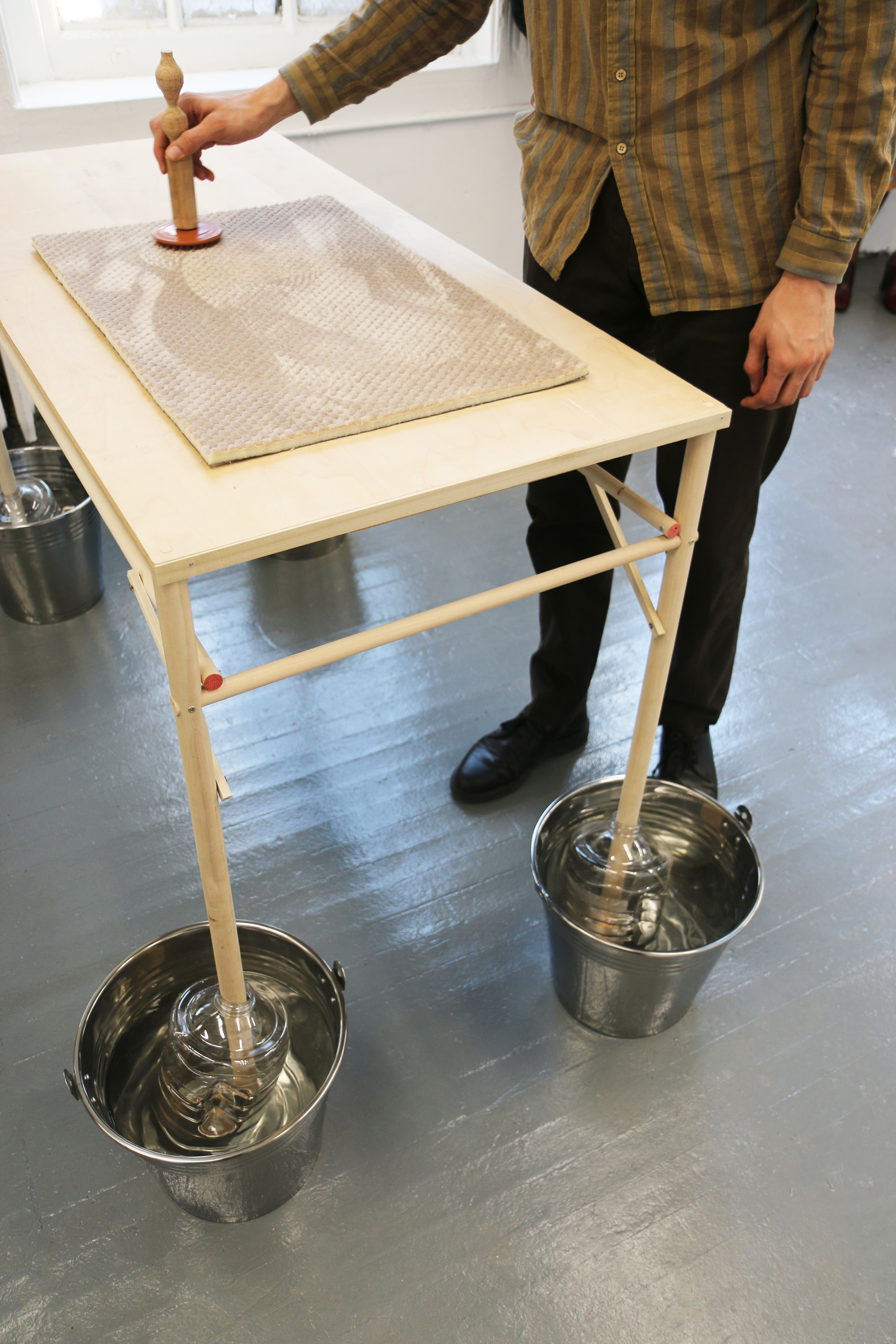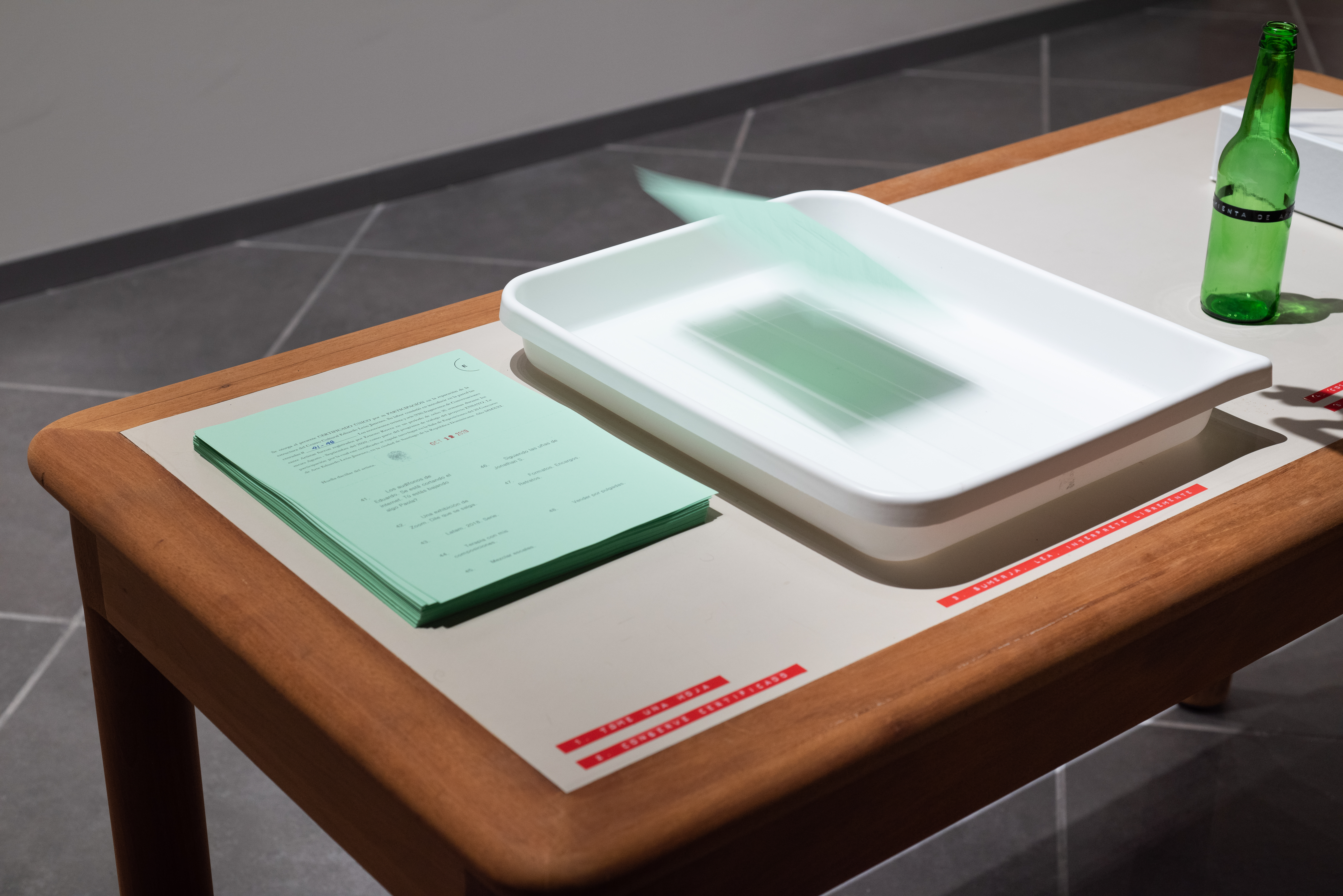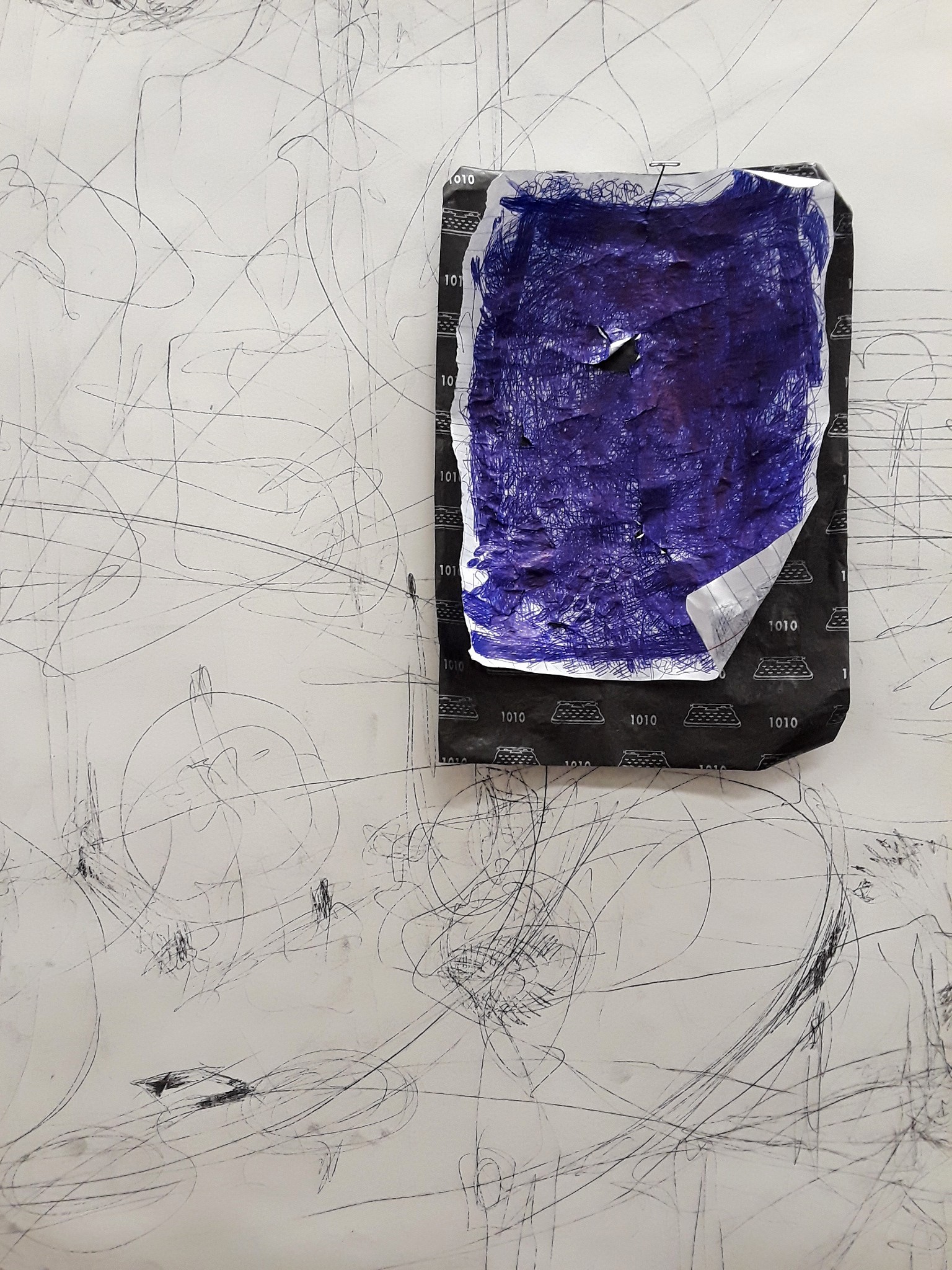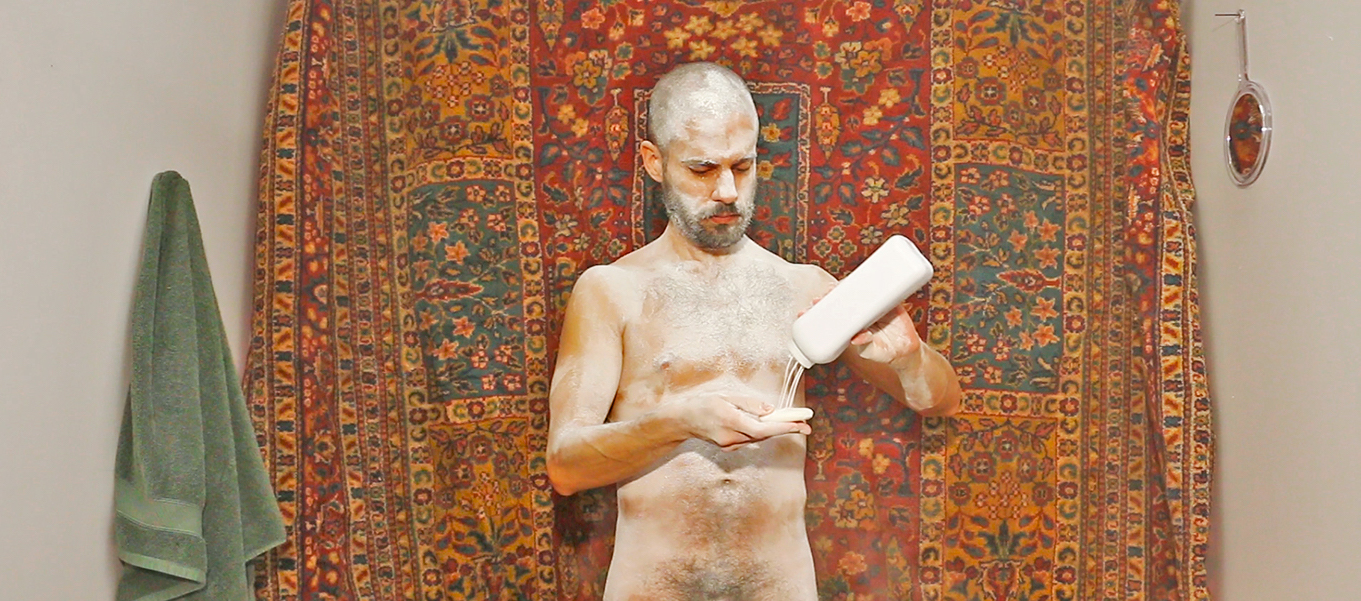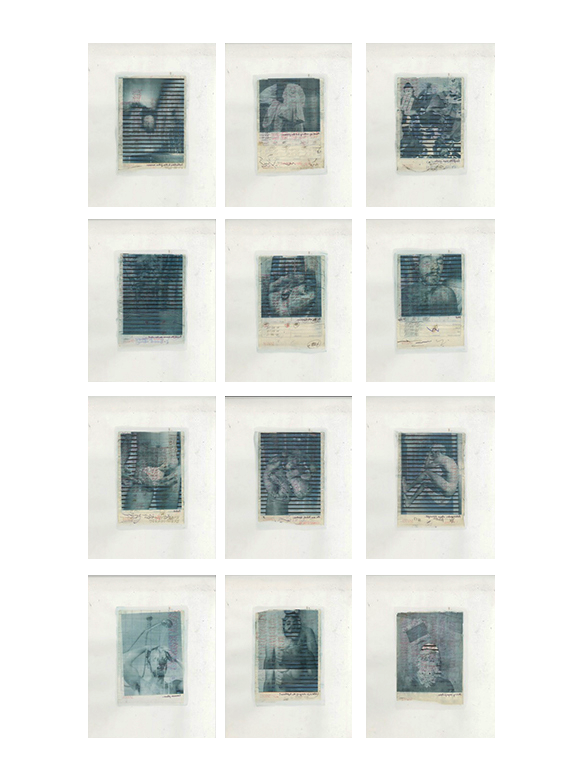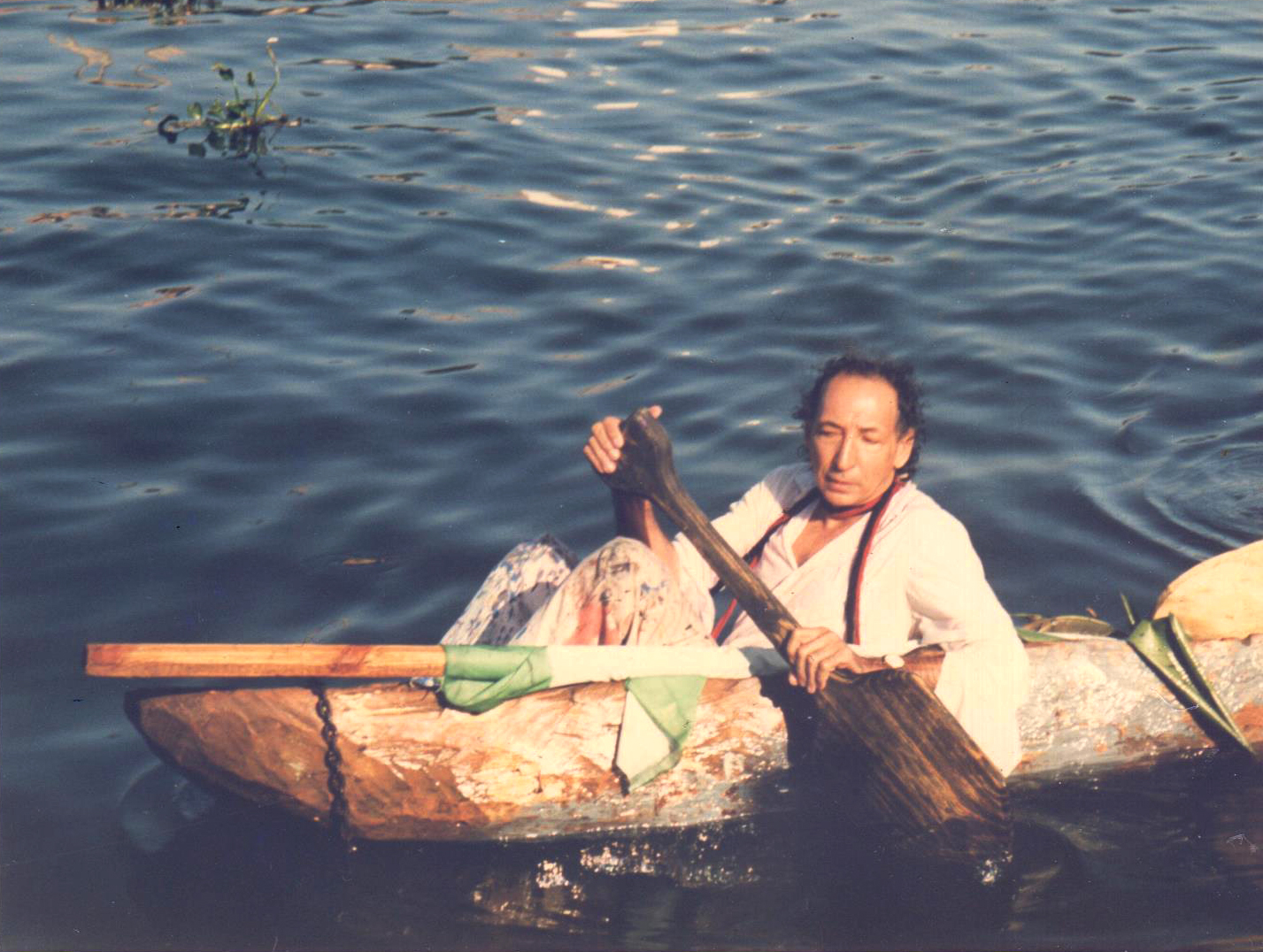The principle of art is to move things around, so I started by making that movement with myself: in 2016 I gave up my trade as an interior designer, I changed cities, work, and identity with pirate determinism, to embrace the liberating possibilities that come with uncertainty and to devote myself full time to being an artist.
I prefer to say that I am an artist without adjectives because in that imprecision fit many identities. The first task was to learn the rudiments of the trade, to go through formal education — first, in the Dominican Republic and later, in New York — to immediately rethink a practice that avoids, as far as possible, the formalisms learned and which affirms a personal voice. I believe that arriving at art with different professional and academic experiences infuses my work with a certain hybridity.
Perhaps this contemporary trend of works that are not constrained to the medium is a metabolized reflection of the convulsions of a time where content is more interesting than the format and where information has to be able to migrate smoothly from one platform to another. It could also be a response to the economic reality that forces cultural products to conform to the market’s programs and categories. In my case, I consider it to be a will to be on the move. I am a nomad.
